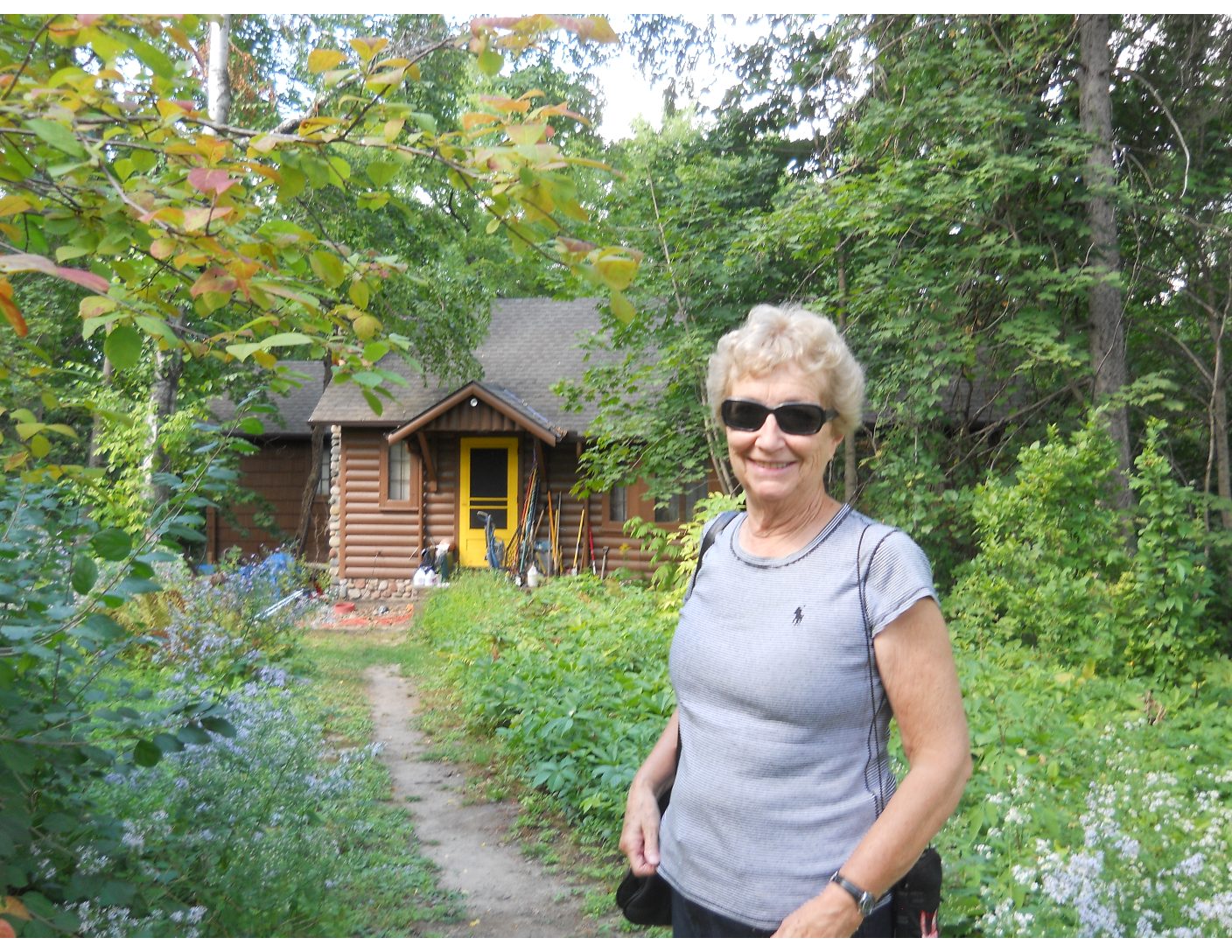Uncle Johnny killed a man at the Green Lantern Saloon in St. Paul. He said it was self-defense. But it probably wasn’t.
My Irish grandmother, Irene Fay, was the oldest of six children. Her brother, Owen, died when she was twelve and he was ten years old. Her father was killed instantly in a train accident, when she was in high school. She had a painful limp, probably caused by a bone that didn’t heal properly. She had a tough life.
Grandma was a kind, serious, hard-working woman, She married my grandfather, Robert Jones, when she was seventeen and he was twenty-four. Grandpa was a studious, sober Welshman, who never drank a drop of alcohol.
Irene’s younger sister, Ruth Fay, was Grandma’s opposite. Ruth was fun-loving, friendly, exceptionally pretty and always ready for the next drink, even if it wasn’t legal.
Ruth married Johnny Quinn in the St. Paul Cathedral in 1923, three years after the start of prohibition. I can only assume it was a Roaring 20’s courtship, filled with music, dancing, and bootleg liquor. Ruthie’s hair was short, she dressed as a flapper and she loved to drive a car. Johnny was a small-built, dapper, charming Irishman.
Ruth and Johnny moved Chicago and opened a speak-easy, in a two-story house across the street from Wrigley Field. A frequent customer was Hack Wilson, one of the best outfielders the Chicago Cubs ever had. Hack’s hitting record rivaled Babe Ruth’s. He spent so much time in Ruth and Johnny’s nightclub, he chose them to be godparents to his son.
Johnny was a member of Chicago’s North-Siders, an Irish gang, headed by Bugsy Moran. The South-Siders, the Italian gang headed by Al Capone, were their enemies.
As a child, I loved to hear Johnny and Ruth tell stories of gangsters running out the back door of their house. I grew up hearing stories of machine guns hidden in violin cases, of people being gunned down in the streets, of crooked policemen, and gangsters “with a heart of gold.”
Feb. 14, 1929, the day of the St. Valentine’s Day Massacre, Johnny’s life was miraculously spared. Johnny and another man were in Detroit, on a run to get liquor from Canada, when Al Capone’s gang killed five members of the North Siders. Ruth had gone to St. Paul, to live with my grandparents, because, as she told us later, “the heat was on.”
Ruth learned the news of the massacre on the radio, and eagerly waited to hear the names of those killed. When Johnny’s name was not on the list, she was ecstatic. “My Johnny is alive!” Three days later she got a telegram, confirming the good news.
Ruth and Johnny moved back to St. Paul, but were again the focus of prohibition-era drama. They were regular customers at the Green Lantern, a seedy, Irish saloon notorious for illegal activity. Among the regulars were Johnny and Ruth, Grandma’s sister, Margaret Hurley and her husband George, and their youngest brother, Frank Fay.
My grandmother tried to shield Grandpa from her family’s illegal activities. She hurried downstairs every morning to check the newspaper to see if any of their names were mentioned. When they were, and it happened frequently, she would carefully cut out the article before Grandpa had a chance to read the paper.
“Irene, why is there this hole in the front page of my paper?” my grandfather would ask.
“There was a coupon on the other side. I cut it out so I’d have it when I went to the store.”
The night of March 19, 1931, Uncle Johnny shot and killed Frank Ventress, a big, belligerent man who fought with Johnny and Frank earlier in the day. Johnny was convicted of second-degree murder and sent to the state prison in Stillwater, Minnesota. Until the Governor of Minnesota commuted his sentence, Ruth visited Johnny in jail every week. He was still “her Johnny” and they were always very much in love.
I wish I could tell you that Johnny and Ruth lived a straight life after he returned home, but that wouldn’t be true. Prohibition was repealed, so they needed to find another business. They bought a small dry-cleaning business in St. Paul, and set up an illegal gambling operation in the back. They ran that business until Uncle Johnny died of natural causes in 1963.
Ruth lived for fifteen more years and died in 1978. She was always the life of the party. She drank whiskey out of porcelain tea cups. She was always beautiful. Always everyone’s favorite aunt. Always a baseball fan. Always generous. Always ready with a laugh and another story.
I was lucky to have an Aunt Ruth and Uncle Johnny in my life. Everyone should be so lucky.





